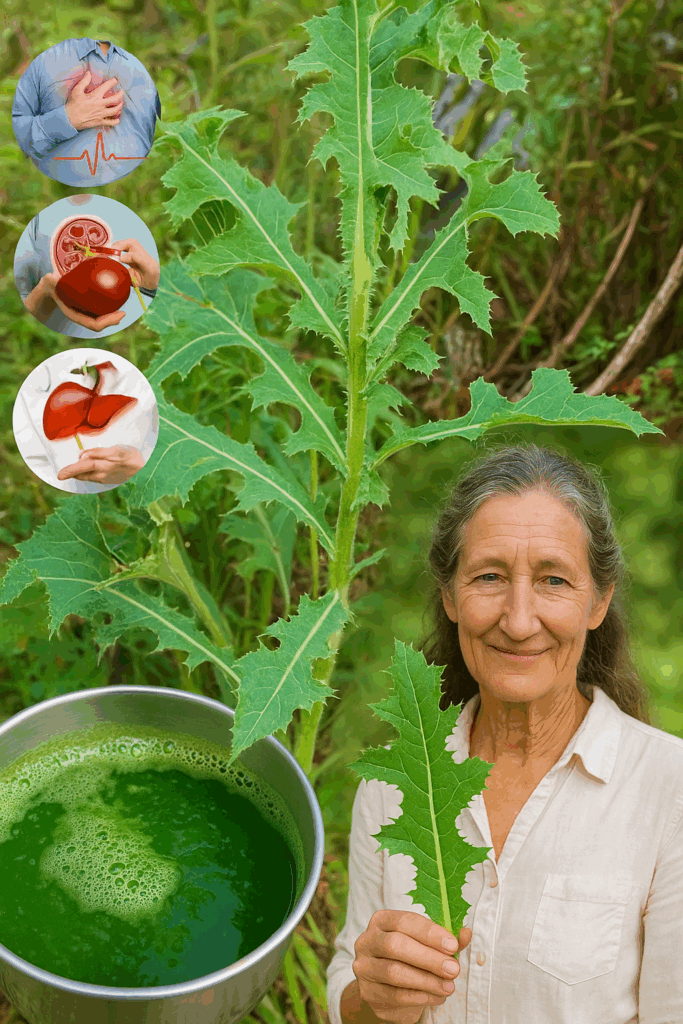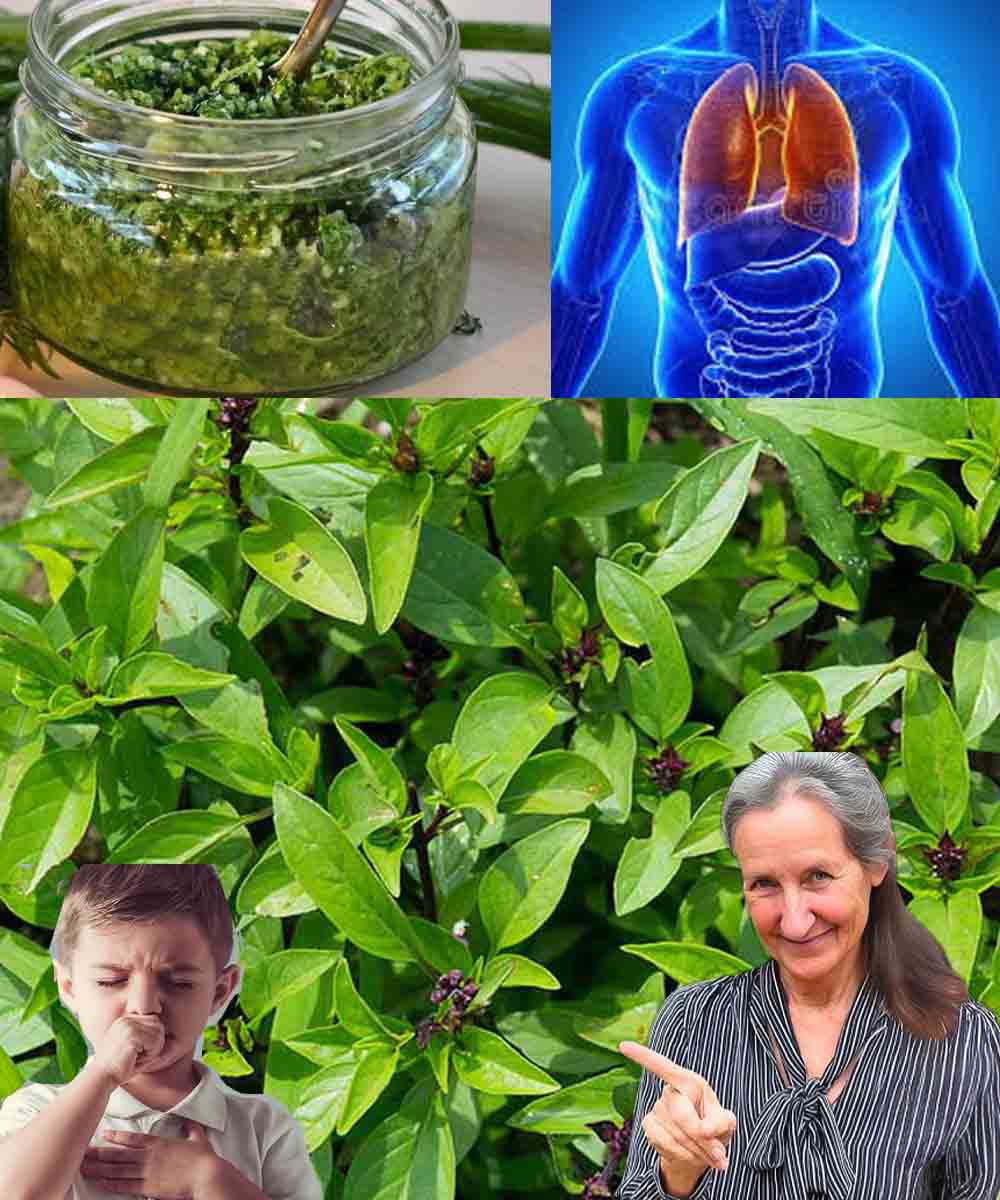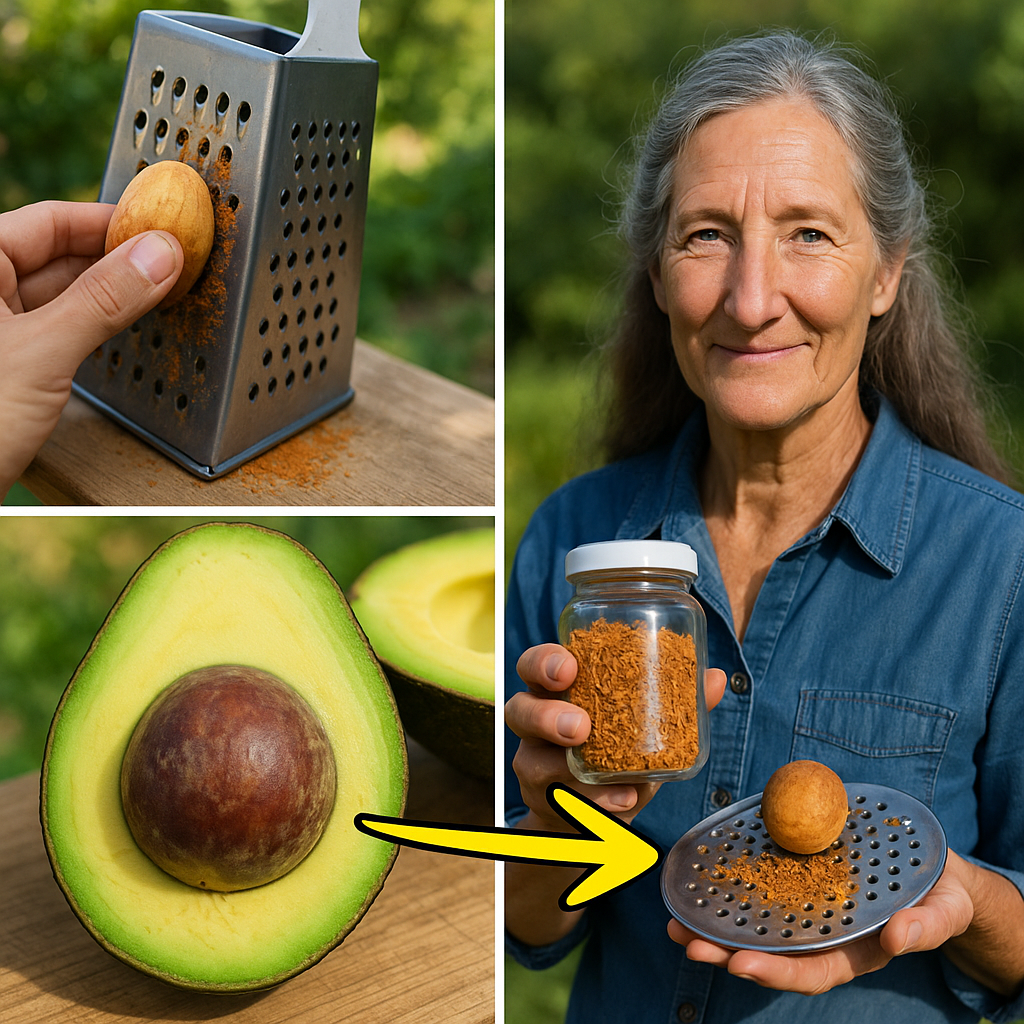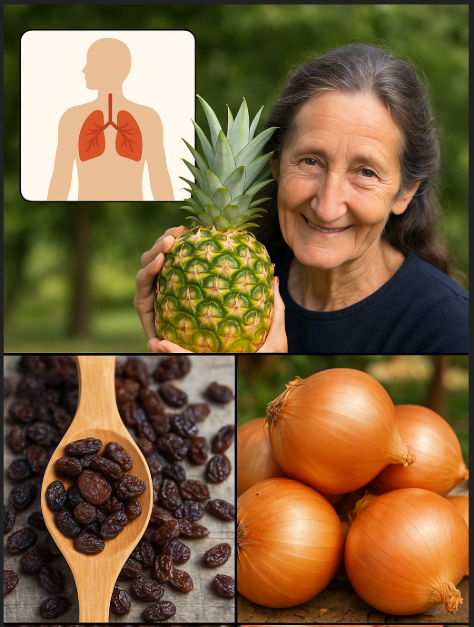🌿 Often overlooked and labeled as a common weed, prickly lettuce quietly thrives along roadsides, gardens, and open fields. But beneath its rugged exterior lies a plant deeply rooted in ancient herbal traditions. Known scientifically as Lactuca serriola, this spiny cousin of cultivated lettuce is far more than wild greenery — it’s a plant with surprising medicinal properties, natural compounds, and practical uses that are being rediscovered by herbal enthusiasts and wellness seekers alike.
If you’re looking for natural ways to support sleep, soothe discomfort, or explore ancestral plant remedies, prickly lettuce may deserve a spot in your herbal toolkit.

🌱 1. What Is Prickly Lettuce (Lactuca serriola)?
🔍 Botanical Identity and Habitat
Prickly lettuce belongs to the Asteraceae family and is native to Europe and Asia, though it now grows across much of North America. The plant is characterized by tall, upright stalks, serrated bluish-green leaves with tiny spines, and clusters of small yellow flowers.
🗿 Historical Significance
Ancient Egyptians reportedly used prickly lettuce for its calming effects. In Greek and Roman traditions, it was associated with sedation, pain relief, and even used during mourning rituals. Long before modern pharmaceuticals, this plant earned the nickname “lettuce opium” — not because it’s addictive, but due to its subtle, sleep-promoting effects.
🧪 2. Medicinal and Nutritional Properties of Prickly Lettuce
💧 Lactucarium – The Healing Milky Sap
The white, sticky sap exuded from its stem — called lactucarium — is the key medicinal component. It contains sesquiterpene lactones, which are believed to have analgesic, antispasmodic, and sedative effects.
🌟 Key Benefits:
- Calms the nervous system
- May relieve mild pain and muscle tension
- Promotes deeper, uninterrupted sleep
- Soothes coughs and respiratory irritation
🥬 Nutritional Content
Beyond its sap, prickly lettuce contains vitamin A, vitamin K, iron, and natural antioxidants, making its younger leaves a modest but useful addition to nutrient-rich diets.
🛡️ Antioxidant Potential
Early studies show prickly lettuce may help combat oxidative stress by neutralizing free radicals, which play a role in cellular aging and inflammation.
🌼 3. Harvesting Tips – How to Gather the Plant Safely
🌱 For Culinary Use
Harvest only young, tender leaves early in the season — mature ones become bitter and tough. These can be:
- Tossed into salads
- Added to stir-fries
- Boiled to reduce bitterness
⚕️ For Medicinal Use
To harvest lactucarium, cut the main stem and collect the sap as it oozes out. You can also use the whole aerial plant (leaves and stems) to make tinctures, teas, or extracts.
🧷 Identification Note
Always be 100% certain of the plant’s identity — prickly lettuce can resemble other wild plants, some of which may be toxic. Look for its distinctive milky sap and spiny leaf midribs.
🍵 4. How to Use Prickly Lettuce for Wellness
💤 Sleep & Anxiety Relief
Brew dried or fresh leaves into a mild sedative tea before bed. The flavor is slightly bitter, so adding a bit of honey or lemon is helpful.
🌿 Topical Uses
Fresh crushed leaves or poultices may be applied to minor skin irritations or insect bites to reduce redness and discomfort.
🌿 Tincture Preparation
You can create your own tincture using alcohol extraction to concentrate its active compounds. This is ideal for managing occasional restlessness, headaches, or nervous tension.
🧪 5. DIY Preparation: From Wild Plant to Herbal Remedy
🌿 Fresh Tincture
- Gather fresh leaves and stems
- Chop and fill a glass jar halfway
- Cover completely with 190-proof alcohol
- Let steep in a dark place for 2–6 weeks, shaking occasionally
- Strain and store in dropper bottles
🌬️ Drying Method
Use a dehydrator at 95–115°F (35–46°C) or air-dry in a shaded area until crisp. Grind into powder or use in teas and capsules.
🔥 Alcohol Extraction from Dried Plant
- Combine dried material with alcohol in a ratio of 1:4 or 1:5
- Let steep in a sealed jar for up to 2 weeks
- Optionally heat gently below 180°F to boost extraction
- Strain and reduce volume to concentrate the extract
💧 Water Extraction (Optional Second Phase)
- Add water to the leftover herb post-alcohol extraction
- Simmer gently for a few hours
- Combine both extracts or use separately for different effects

🧴 6. Storage and Usage Tips
🧊 Concentrated Extract or Resin
Slowly evaporate excess liquid over low heat (below 180°F) until you reach a thick syrup or solidified resin. You can store this in jars or dry it on silicone sheets for later use.
🧪 Final Tincture Form
Blend a small amount of resin or concentrated liquid with alcohol and store in labeled dropper bottles. Keep in a cool, dark place.
💧 Suggested Use
Start with 2–3 dropperfuls diluted in water before bedtime. Adjust the dosage based on your individual response and needs.
⚠️ Important Safety Considerations
- Consult a qualified healthcare provider before using, especially if you are on sedatives, antidepressants, or blood pressure medications
- Avoid during pregnancy, breastfeeding, or in young children
- Do not combine with other sedative herbs or drugs without guidance
- Always ensure correct plant identification to avoid toxic lookalikes
🌼 Final Thoughts: Prickly Lettuce as a Gentle Herbal Ally
Prickly lettuce is proof that powerful remedies often grow unnoticed underfoot. Whether you’re seeking better sleep, relief from mild discomfort, or simply want to reconnect with natural herbalism, this wild plant offers a grounded, ancient approach to modern wellness.
Handled with knowledge and care, Lactuca serriola becomes more than a weed — it becomes a tool for healing, a tonic for peace, and a reminder that nature’s pharmacy is often just outside your door.


